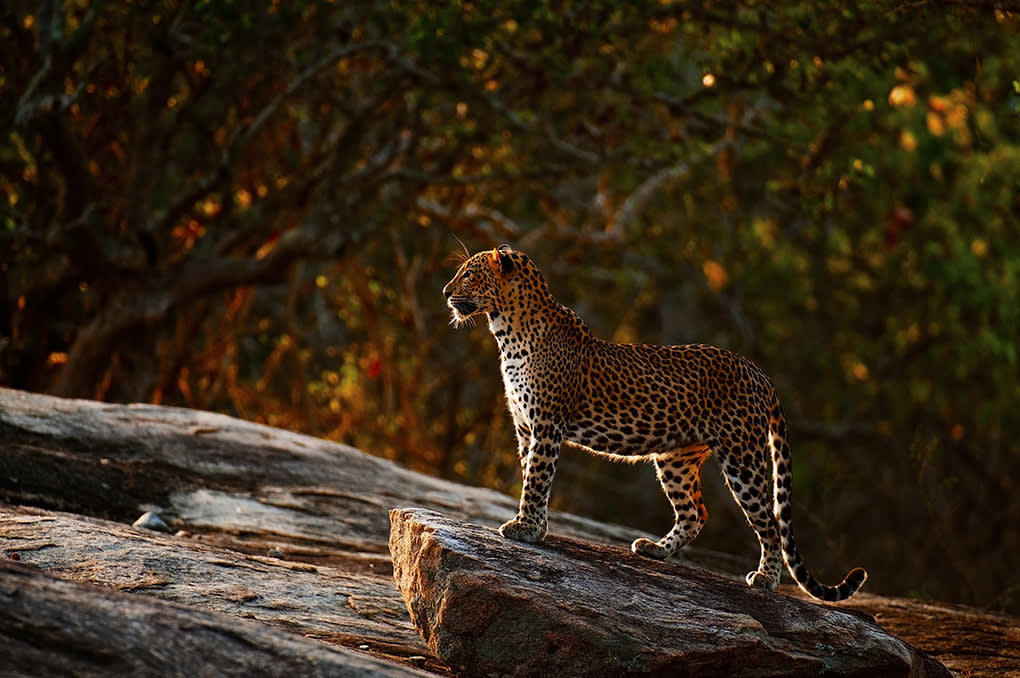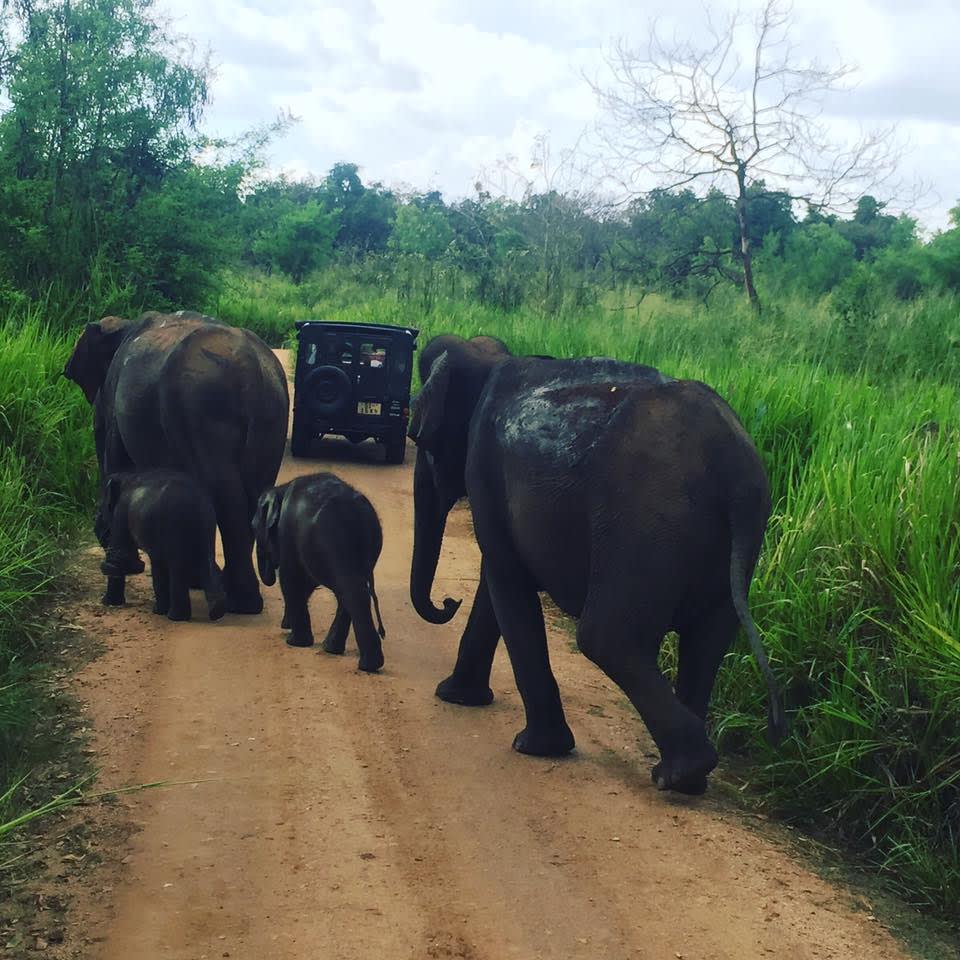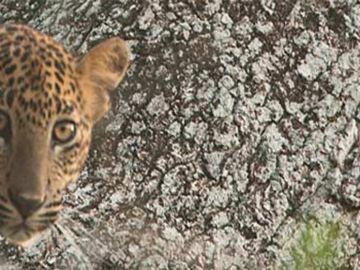Read time – 3 minutes
Paul Goldstein discovers the delights of the Sri Lanka wildlife. Cramp frequently bites at inopportune moments and this was no exception.
Leopard Spotting
I had held the ninja-like position balancing my lens on the edge of the sill for ten minutes waiting for the immaculately svelte leopard to turn her head. Suddenly my calf was as hard as the gnarled branch she was moulded to. However, nothing would compromise the moment and as a pair of bee-eaters sped under her chaise longue, their anxious call woke the slumbering feline.
This must sound like a special log entry from an African safari, except it would be wrong in one critical detail: this was Sri Lanka. As the female shifted her weight her face fell into the dappled light of a steamy Indian Ocean late afternoon. Chitral, the most gifted and experienced naturalist on the Island grinned, he knew this girl well but had not seen her in this arboreal pose so close to the road before and his index finger fused with his shutter release.
 Leopard in Yala National Park
Leopard in Yala National Park
Sri Lanka Wildlife Tourism
This was new for me; I am used to leopards up trees but not in this sort of heat. It needs a slight reworking of the big cat rule book to understand just how different things are in Sri Lanka regarding the most enigmatic of the big predators. Wildlife tourism is nascent here; this beautiful island of beaches, tea, precious stones and wildlife has suffered the twin testaments of the suffering of the Tsunami and thirty years of armed struggle.
However, it is finally winning in the tourism stakes. Inexpensive and relatively close to the UK, it offers so much more than just a beach holiday. Thousands of Europeans come just to cremate their skins on the long fringed coastline but for me, the draw of whales and leopards is far stronger.
In Yala, leopards are top of the food chain. Their nature is very different from those witnessed in Africa or indeed India. Leopards will never be ostentatious creatures but here they have a certain bravado missing from other countries.
Sri Lanka is also hot. I have never seen a leopard (and I have seen many, being obsessed by this spotted feline) lying out in thirty degrees out of choice unless chased there. Here it does not get cool except at night and whilst I was revelling in such a bounteous matinee, Chitral explained that this was not uncommon behaviour.
 Family of elephants
Family of elephants
Yala is not just about leopards; there are sloth bears, spotted and samba deer and elephants. Watching elephants is always humbling; seeing them trudge across the open grasslands with the pounding Indian Ocean behind is unique. The birdlife, be it bulbuls or hornbills is prolific but there is another mammal which dwarfs all of these ‘pretenders’: whales.
A few years ago Gehan De Silva, the founder of wildlife tourism, along with Chitral, pioneered cetaceous tourism. It was not known that the south coast of the island off Dondra Head had remarkable populations of Sperm and Blue whales. They take a bit of finding and are not the only quarry as pods of frenzied feeding dolphins frequently pop up in the deepwater shipping lanes an hour or so south of the famous old Dondra lighthouse.
Tourism is again new but the boats, at least most of them, know how to behave and there were some extraordinary encounters. Blue whales are the size of London buses and the weight of juggernauts. Being up close and personal with 180 tons of blubber is in many ways frightening but thankfully the days of atonement for hunting have been spent now and they swim freely in these deep channels.
This is not normal tourism involving some tight schedule around the island designed to get people ‘templed’ out as quickly as possible. These are not normal animals; how could they be when fifteen minutes before the Tsunami the Yala four-legged inhabitants all retreated inland.
No-one can really explain this phenomenon but it adds to this wonderful aura of this special park. Churchill called Sri Lanka the ‘pearl of the orient‘; it is not for me to argue with the great man. – By Paul Goldstein
See our holidays below and go in search of the Sri Lanka wildlife.




